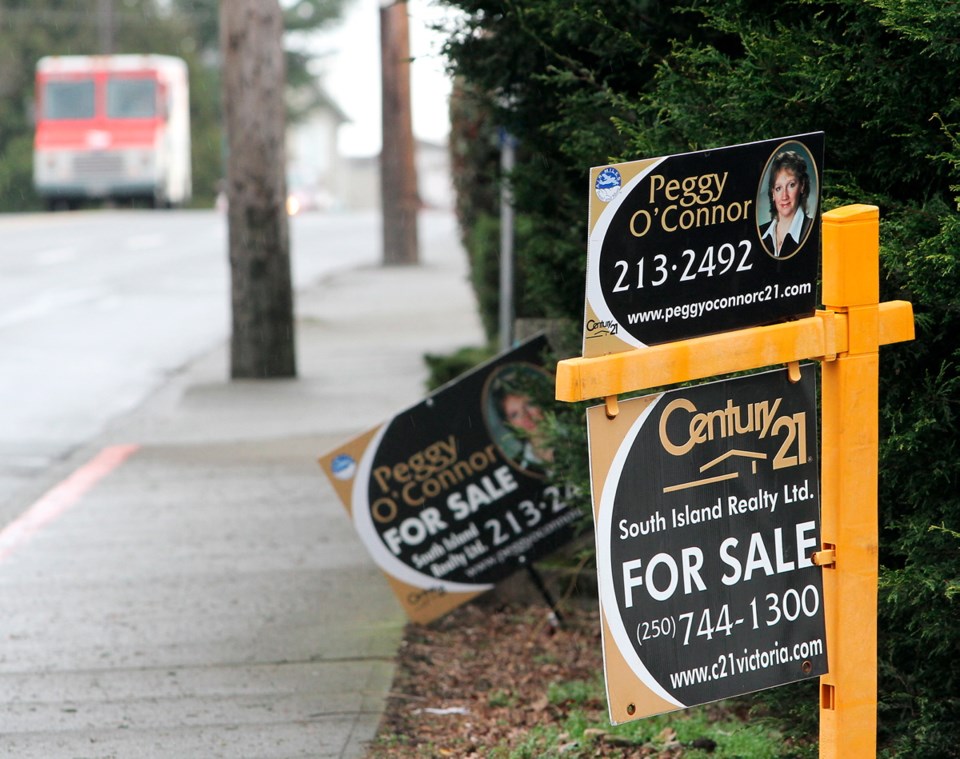In March, the benchmark price of a single-family home in the Island board’s area was $350,400, up seven per cent from one year ago, while the average price of a single-family home was $397,375, a 13 per cent increase. Most real estate boards incorporate the Multiple Listing Service Home Price Index to report on property values. The index uses the concept of the benchmark home, which has attributes of typical homes in a defined area.
The March benchmark price of a single-family home in the Campbell River area was $281,800, a 2.61 per cent increase over the same month a year ago. In the Comox Valley, the benchmark price was $354,100, up 9.39 per cent while Duncan reported a benchmark price of $310,700, an increase of 8.23 per cent.
Nanaimo’s benchmark price rose 5.95 per cent to $367,000 while the Parksville-Qualicum area saw its benchmark price rise by 8.66 per cent to $391,400. The price for a benchmark home in Port Alberni was $193,900, an increase of 3.36 per cent over March 2015.
Last month, 520 single-family homes sold compared to 420 during the same month a year ago, an increase of 24 per cent. Month over month, sales were up by 29 per cent from the 406 sales processed in February 2016. Last month’s active listings totalled 1,599, down 26 per cent from the 2,167 reported in March 2015.
B.C. Real Estate Association economist Brendon Ogmundson said the robust market conditions reflect B.C.’s vibrant economy. The provincial economy is the strongest in Canada, with GDP growth expected to be about three per cent this year. Strong construction activity, surging retail sales and the highest job growth in three years are key economic drivers fuelling the bustling real estate market.
“Although we’ve been saying that the housing market can’t continue at this pace indefinitely, there are no signs that point to a slowdown,” said Ogmundson.
Ogmundson noted that though single-family homes are still the most popular property type, changing demographics could shift that trend in the next decade.
“Over the next ten years, there will be around 200,000 people between the ages of 20 and 49 in the province, so we expect that demand for townhouses and condominiums will increase,” said Ogmundson.
Island real estate board president Margo Hoffman said it has been several years since real estate agents have been this busy, but low inventory continued to be a major challenge. Multiple offers, particularly on single-family homes, are common occurrences.
“Our market is in definite seller’s territory, and we just don’t have enough inventory,” said Hoffman.
Despite rising prices, Hoffman said that the Island housing market is still very affordable compared to Victoria and Lower Mainland communities.
Greater Victoria’s benchmark price for a single-family home was $552,800 in March.



